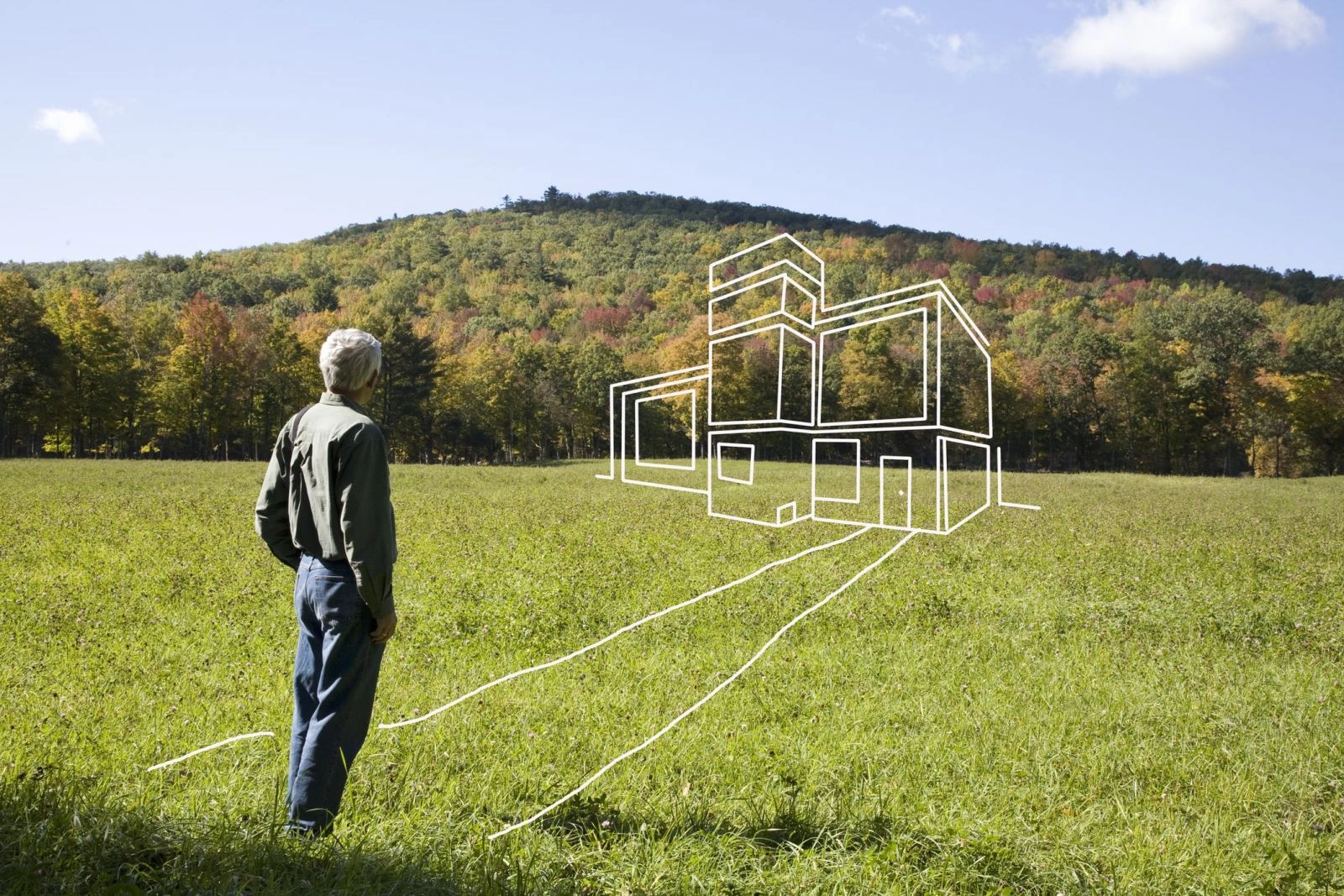The terms land and plot are two important concepts that are frequently used in the real estate sector but have different meanings. In this article, we will explain the main differences between land and land and discuss the importance of these two terms for investors and real estate professionals.
What is Land?
Land refers to land that has not been subjected to any development plan or application and exists in its natural state. These land areas are pieces of raw land that have not yet been regulated and not yet opened for construction. Lands are generally used for agriculture, animal husbandry or natural resources and are not suitable for construction unless they are included in development plans.
Example:
Large areas of land in rural areas are often considered as wasteland. These lands have not yet been planned for development by municipalities or local authorities and retain their natural character.
What is a Plot?
Land arises when a piece of land, referred to as land, has a value for profit as a result of zoning plans and applications. Land refers to pieces of land that are arranged for different purposes such as residential, commercial or industrial use and opened for construction. Land is generally areas that have access to infrastructure services (such as water, electricity, roads) and are open to development in accordance with zoning plans.
Example:
Pieces of land in a city that are designated as residential areas and have basic services such as roads, water and electricity are called land plots. These plots have been made suitable for construction and have the potential to increase in value.
Key Difference: Earning Potential
The most obvious difference between land and land is the earning potential. Land is raw land that does not yet have any potential to increase in value, whereas land has a value that can be earned as a result of development plans and practices. Land becomes available for investment or construction purposes and generally has a higher market value than land.
Highlights:
- Land: Land existing in its natural state, not included in the development plan.
- Plot Land that gains value with zoning plans and becomes suitable for construction.
Conclusion:
The terms land and plot have different meanings in the field of real estate and generally gain importance according to the context in which they are used. While land refers to land that exists in its natural state, land represents the transformation of this land into an asset with potential for profit as a result of development plans and practices. For investors, land is an investment instrument that generally offers higher earning potential.
Frequently Asked Questions (FAQs)
1. What is the difference between land and plot?
While land refers to a natural piece of land that has not yet been planned for development, land is the state of this land that has been transformed into a potentially profitable state as a result of the development plan and practices.
2. Is land or land worth more?
Generally, land is more valuable because it has zoning plans and infrastructure services. Land may be more attractive for investment purposes as it is made suitable for construction.
3. Is it possible to turn land into a plot?
Yes, it is possible to convert land into plots. This depends on the zoning plans of local governments. As a result of planning and implementation, the land can be utilized as land.






